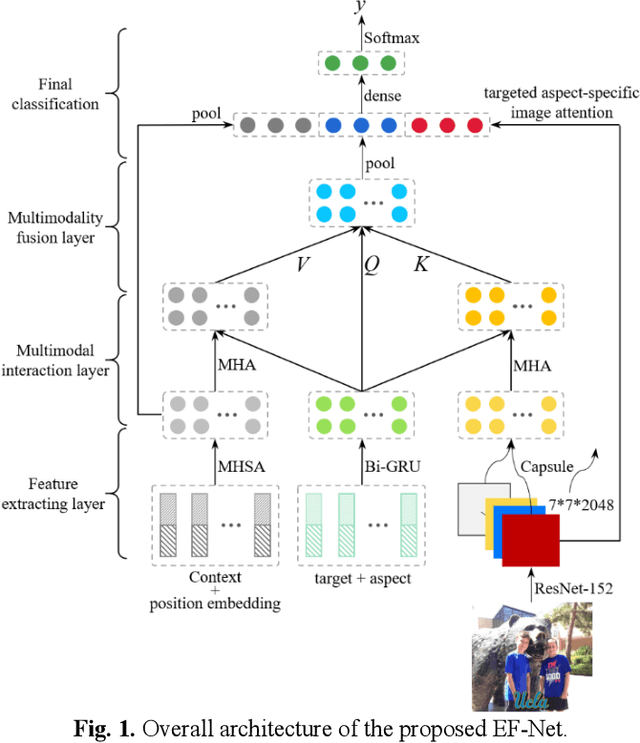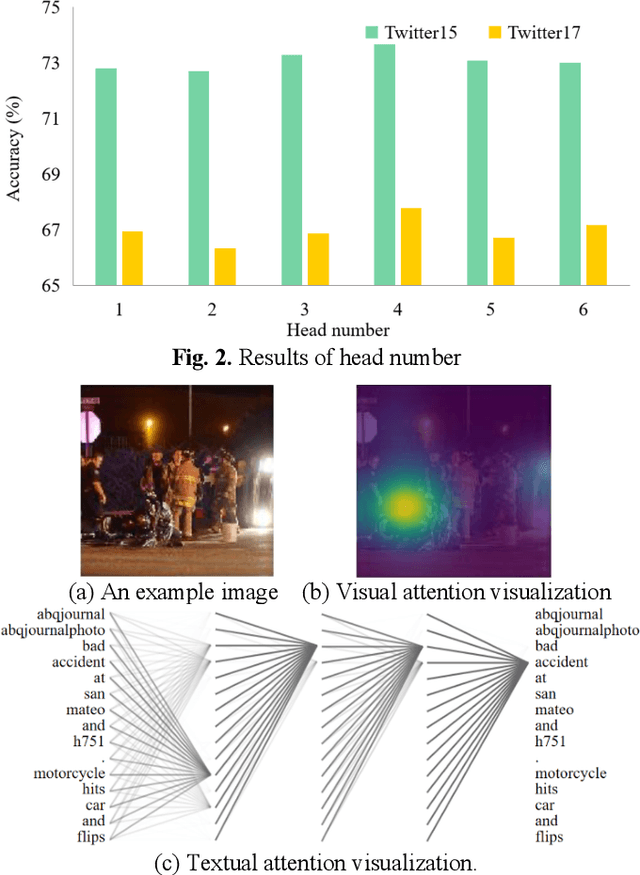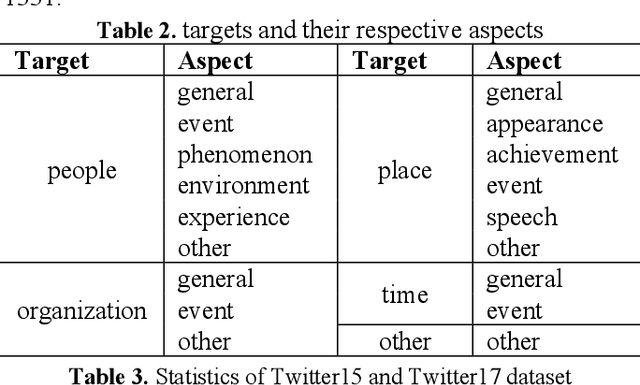Chi Yang
SGMAGNet: A Baseline Model for 3D Cloud Phase Structure Reconstruction on a New Passive Active Satellite Benchmark
Sep 19, 2025Abstract:Cloud phase profiles are critical for numerical weather prediction (NWP), as they directly affect radiative transfer and precipitation processes. In this study, we present a benchmark dataset and a baseline framework for transforming multimodal satellite observations into detailed 3D cloud phase structures, aiming toward operational cloud phase profile retrieval and future integration with NWP systems to improve cloud microphysics parameterization. The multimodal observations consist of (1) high--spatiotemporal--resolution, multi-band visible (VIS) and thermal infrared (TIR) imagery from geostationary satellites, and (2) accurate vertical cloud phase profiles from spaceborne lidar (CALIOP\slash CALIPSO) and radar (CPR\slash CloudSat). The dataset consists of synchronized image--profile pairs across diverse cloud regimes, defining a supervised learning task: given VIS/TIR patches, predict the corresponding 3D cloud phase structure. We adopt SGMAGNet as the main model and compare it with several baseline architectures, including UNet variants and SegNet, all designed to capture multi-scale spatial patterns. Model performance is evaluated using standard classification metrics, including Precision, Recall, F1-score, and IoU. The results demonstrate that SGMAGNet achieves superior performance in cloud phase reconstruction, particularly in complex multi-layer and boundary transition regions. Quantitatively, SGMAGNet attains a Precision of 0.922, Recall of 0.858, F1-score of 0.763, and an IoU of 0.617, significantly outperforming all baselines across these key metrics.
Targeted aspect based multimodal sentiment analysis:an attention capsule extraction and multi-head fusion network
Mar 13, 2021



Abstract:Multimodal sentiment analysis has currently identified its significance in a variety of domains. For the purpose of sentiment analysis, different aspects of distinguishing modalities, which correspond to one target, are processed and analyzed. In this work, we propose the targeted aspect-based multimodal sentiment analysis (TABMSA) for the first time. Furthermore, an attention capsule extraction and multi-head fusion network (EF-Net) on the task of TABMSA is devised. The multi-head attention (MHA) based network and the ResNet-152 are employed to deal with texts and images, respectively. The integration of MHA and capsule network aims to capture the interaction among the multimodal inputs. In addition to the targeted aspect, the information from the context and the image is also incorporated for sentiment delivered. We evaluate the proposed model on two manually annotated datasets. the experimental results demonstrate the effectiveness of our proposed model for this new task.
 Add to Chrome
Add to Chrome Add to Firefox
Add to Firefox Add to Edge
Add to Edge